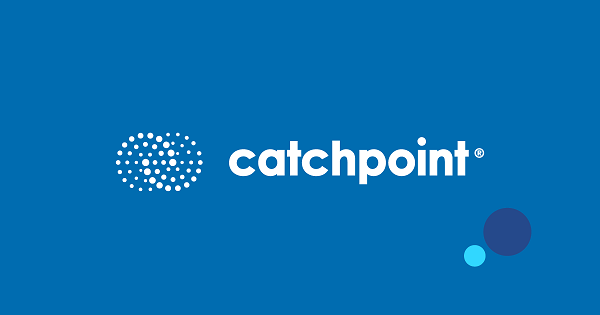The SRE Report 2024 Reveals State of Site Reliability Engineering
NEW YORK--Catchpoint, The Internet Resilience Company™, today announced the release of its comprehensive, annual site reliability engineering (SRE) report for 2024. The industry-leading report draws from the expertise and insights of more than 400 professionals from the global IT community, including a diverse array of reliability practitioners, managers, architects, and executives. The report highlights the critical and continued role of SRE as a community of practice for enterprises to deliver and monitor digital services and applications.
Now in its sixth year, Catchpoint’s 2024 SRE Report is considered the trusted resource for catalyzing innovative business conversations and infusing IT practitioner experiences into professional research. As digital transformations accelerate with new technologies and platforms, SRE stands as the foundational pillar supporting these dynamic business ecosystems.
Register for the panel discussion with Catchpoint, Clari and Google.
“With exponential growth in digital services year over year, reliability doesn’t just remain essential; it’s a paramount feature of any system,” said Mehdi Daoudi, CEO and co-founder of Catchpoint. “Our report findings demonstrate the importance of SRE’s foundational role at enterprises and how practitioners are evolving their mindsets and business practices in new and exciting ways for optimized control and visibility.”
In fact, the report revealed a notable trend: shifting of responsibilities across traditional control boundaries becoming normal, creating new business opportunities for speed and innovation.
“To navigate today’s complex, dynamic business environments, SRE is imperative for success,” Daoudi continued.
Key findings from the report included:
- 64% agree that monitoring productivity or experience-disruption endpoints – even if outside their control purview – is required: showcases paradigm shift in how reliability practitioners now think about visibility
- 47% say learning from incidents (LFI) has the most room for improvement in overall incident management activities: discusses the universal business opportunity of dedicated, protected learning for companies of all sizes
- 53% said AI will ‘make my work easier’ and [only] 4% felt AI ‘will replace them’: explores how this perspective varies by organizational rank
- 24% of organizations have breached a contractual service level agreement in the last 12 months: recommends relationship between IT objectives and business outcomes
- 81% of organizations have two or more types of telemetry feeding their observability frameworks and 43% have four or more: confronts the fallacy of single tools being able to provide visibility for all stacks
- 23% of individual contributors declare being proud of their work was most important; whereas, in an example of rank dissension, 28% of management said being efficient was most important: highlights values and discusses year-over-year benchmarking data
Methodology: Catchpoint’s 2024 SRE Survey collected over 400 voluntary responses in June 2023, forming the basis of the report’s insights.
For more information about the 2024 SRE Report, visit Catchpoint’s website and report here. A panel discussion about the findings will take place in a webinar on January 24th, reserve your spot here.
About Catchpoint
Catchpoint is the Internet Resilience Company™. Trusted by leading online retailers, Global2000 companies, CDNs, cloud service providers, and various service providers, Catchpoint is dedicated to increasing resilience by catching issues in the Internet stack before they impact businesses. The Catchpoint platform offers a comprehensive suite of monitoring solutions, including synthetics, RUM, performance optimization, and advanced analytics, all supported by high-fidelity data and flexible visualizations. Leveraging thousands of global vantage points across wireless networks, BGP, backbone, last mile, endpoint, enterprise, ISPs, and more, Catchpoint provides unparalleled observability into factors affecting customer experiences, workforce efficiency, network performance, websites, applications, and APIs.

